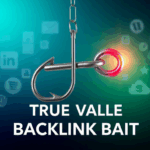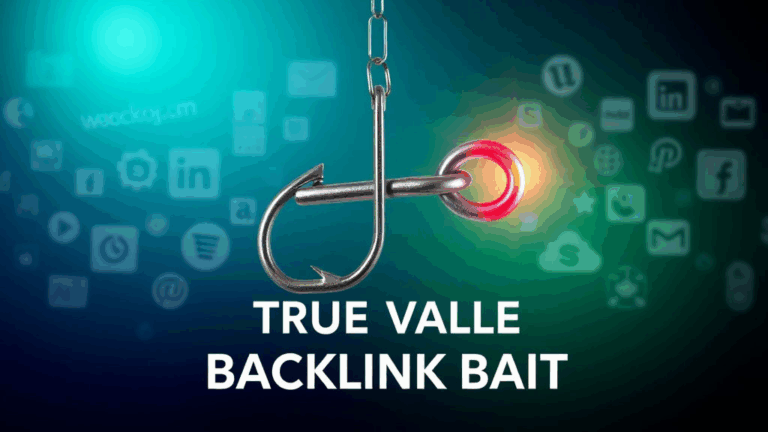What Actually Breaks When You Integrate Brand Communities
Moderation Black Holes on White-Label Platforms
First time I spun up a brand community inside a white-label platform (this one rhymed with “Isco” but I won’t name names), I thought I had basic moderation tools. I assumed the “report” buttons would bubble user content up somewhere. They did—into a backend table no one ever reviewed. It turns out, that feature had to be manually enabled with a toggled flag in the admin tools that wasn’t even mentioned in their onboarding checklist.
That kind of logic flaw can tank your whole launch. Your user base thinks reporting works, but meanwhile the flagged posts sit in a limbo purgatory, fully public. There’s no email alerting. No dashboard counter. Just a slowly filling void of toxicity.
I only noticed after a partner brand emailed me screenshots of the community space with racial slurs in five different threads. The worst part? The thread titles were clean—so they never showed up in moderation search.
“We intentionally don’t surface moderation alerts in standalone communities, because many customers prefer total user autonomy.” — One of their support reps, who clearly had never spent 3 hours sifting forum replies.
Check your platform’s moderation backend before launching anything. If it doesn’t support:
- Email digests of moderation alerts
- Searchable content queues
- User IP visibility (for sock puppet detection)
- Ban wave tools (not just single-user bans)
- Keyword flagging with wildcards
…you’re probably going to have to bolt on your own moderation logic externally.
OAuth Scopes and the Disappearing User Profiles
This one caught me off-guard. I integrated Discourse into a client’s SSO flow via Google OAuth, confident that once users logged in, we’d get names, emails, and avatar URLs like always. Except—starting late 2023—Google no longer reliably returns full profiles unless you explicitly request profile+email scopes with user consent.
If your users click “continue with Google” without reading the prompt closely (newsflash: they never read it), you can end up with an account registered without a valid email and no recoverable handle. It appears to create users just fine in the Discourse UI, but behind the scenes those ghost accounts can’t be promoted, messaged, or even banned properly.
{
"user_id": "31415",
"email": null,
"username": "google_anon1342",
"avatar_url": null,
"admin": false
}
If you’re building a brand community with some phase of ambassador or moderator roles, having users without metadata makes hierarchy impossible. The solution is to:
- Lock down OAuth to only accept logins with full profile scopes
- Prompt users to complete their profile immediately on first login
- Block account creation without valid email in backend logic
It shouldn’t be necessary, but the edge case of “no email + no username = unactionable account” isn’t documented in any of these forums properly. Took me 2 weeks and some angry Discord DMs to uncover.
Discord Can’t Scale Quietly Without Native Read-Only Roles
There’s this beautiful honeymoon window when your Discord hits maybe 300 active users: everything feels lit, fast, alive. Then you hit 700 and one of two things happens—either it turns into a mess of competing conversations or half your audience just ghosts. Why? No passive role.
The being-loud-by-default problem
By default, Discord lets everyone talk. To turn a role into a “read-only” participant (which isn’t truly supported), you have to hack it with channel-by-channel permissions like:
"@QuietPeople" role:
- Read Messages: ✅
- Send Messages: ❌
Then repeat that across 43 channels.The moment someone creates a new #event-planning or #feature-suggestions channel and forgets to modify that permission set, your lurker firewall breaks. And whoops—now your marketing intern is debating plugin architecture with a bunch of strangers at 2 am.
What was annoying: Discord doesn’t support channel template propagation. So custom permissions don’t automatically copy. There’s also no “read-only by default” mode.
I finally gave up and wrote a Python bot that sweeps the server hourly and retroactively corrects channel permissions, but that only lasts until Discord changes their API again. Godspeed if you’re trying to do this via GUI alone.
Why No One Talks in Your Community Until You Rebuild the First Post UI
There’s a weird human + UX flaw most platforms bake into their community feeds: the first-post vacuum. On anything built like a “thread model” (think Discourse, Circle, even some Facebook Groups), the act of posting is meaningfully heavier cognitively if it’s an empty feed or obviously moderated.
For example, in early tests on a brand hub we stood up for a skincare company, we seeded what we thought were juicy prompts: “What’s your skincare ritual look like?” and “Drop your best unpopular serum takes.” Nothing. 3 days, zero replies. Then we realized our frontend made it feel “done.”
Turns out, we’d embedded the questions as rich cards, which made them look like polished blog entries. Users didn’t realize they were meant to reply directly.
Making the first reply easier than silence
We hacked it by changing the card layout to a giant input box. Even if someone didn’t click, they started typing instinctively when they hovered over it. Replies picked up within 24 hours—no new promotion.
This phenomenon isn’t unique. People tend to avoid being the first (public) one to engage unless they’re super fans or it’s already lively. This is why Discord works a bit better for chaotic growth—because there’s no clear threading, low friction, and no intimidation via UI hierarchy.
Lesson learned: don’t just prompt. Make it feel like they’re already replying to a crowd, even if the crowd is fake.
Ghost Member Lag in Circle.so and Silent Joining Bugs
If you’re running anything on Circle, you’ve probably seen this quirk: member count spikes without activity, then drops the next day. That’s not just lurkers—it’s ghost signups. There’s a logic mode in Circle where someone can join via Magic Link but won’t be assigned a role until confirmation. Except some integrations on Stripe webhook failure still count the user briefly, even if no full role is ever applied.
The worst part? They show up in analytics as active users for about 12 hours. Which means if your boss checks the dashboard at the wrong time of day, you’re sending Slack messages like “yeah we had a burst, not bots, just… webhooks?”
I talked with someone at Circle support who casually mentioned that this is functionally a byproduct of their internal queuing delay between Stripe verification and group assignment. Some call it a race condition. What it is: a UI lie.
Until they fix it, best bet is to plug into the webhook chain yourself and backfill user-group state with a retry queue. And yeah—keep a Postgres table just for log reconciliation.
Zapier Loops Can Create Infinite Annoyances with Community Email Triggers
There’s a delightful edge case with Zapier + Circle + Mailchimp (or ConvertKit): in promotional flows, users responding to community prompts often get re-enrolled in onboarding sequences. Not once—every time they comment.
"Trigger: new comment -> Tag user -> Tag triggers automation -> Sends email saying 'Welcome to the community!' again."
This one ate me alive. One participant legitimately thought she was being spammed on purpose. I tried to explain automation wheels but let’s be real, she didn’t care. She just assumed we were marketing-deranged and ghosted.
The problem is that Zaps frequently lack stateful logic unless you shove them behind webhooks and throttle conditions with Lookup Tables. Inline filters don’t reliably debounce past events. And once you scale past 300 users, transactional behavior in a stack like this gets frantic unless you put in serious debounce strategies.
Use:
- Airtable-style state tracking per user UUID
- Zapier’s delay-after-queue features
- Webhook triggers instead of New Activity Triggers
And for the love of bandwidth, suppress all auto-replies inside 24 hours of account creation unless you know the action was completely unique.
Ambassador Roles Break in Most Role-Based Systems over 3 Levels Deep
This one’s niche but repeatable: If your community system has tiered roles (e.g., Member > Advocate > Ambassador > Admin), and you want certain Ambassador-level users to have scoped access (e.g., edit bios, approve posts, but not delete threads), you will hit an inheritance wall.
Specifically: most systems don’t support non-linear role inheritance trees. Discord really doesn’t. Neither does Circle. You end up doing one of two things:
- Override permissions per-channel per-user (scales badly and leaks in UI)
- Use bots to enforce intent and redact unapproved changes
The second method is the one I landed on. I wrote a moderation daemon that listens for edit events and reverts them inline unless they’re whitelisted. Ugly? Yes. But it lets junior brand ambassadors write onboarding threads without messing with the actual community templates.
It feels like overkill until someone with the wrong role deletes a top-level sponsorship category and no one notices for two days. Then it feels… just barely adequate.














